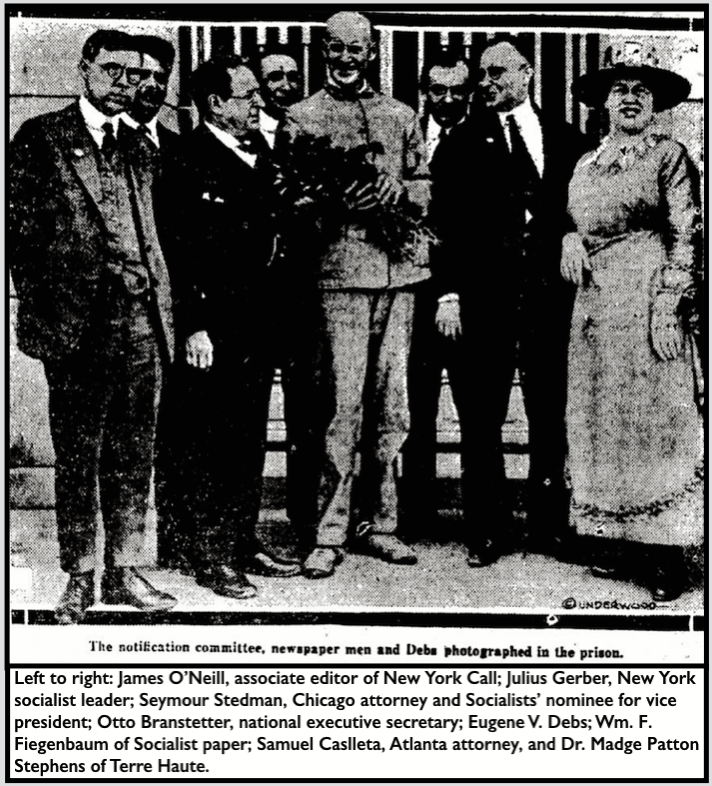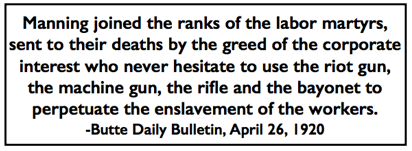 ———-
———-
Hellraisers Journal – Thursday June 10, 1920
Butte, Montana – Metal Miners’ Honor Picket Line of Blood
From The One Big Union Monthly of June 1920:
“The Richest hill in the world” has once more been stained with the blood of workers. Its arrogant industrial autocrats of Butte have again taken refuge in murder to shield themselves from the organized power of the union miners. The lynching of Frank Little has been paralleled by the massacre on Anaconda road. Butte-naked, barren, black—the city of gun-men and widows, of “sweat-holes” and cemeteries, stands out before the world today a blot on what we call civilization. Machine guns and searchlights command the city from the heights. Armed soldiers guard the approaches to the mines and gun-men loiter at every corner, or whiz up and down the streets at all hours of the day and night. There is one place on Anaconda road where everything in sight has been riddled with bullets. The blood of the dead and wounded has hardly dried in the dust. Miners have been told in unmistakable language that their constitutional right to picket means nothing and that the will of the copper trust is mightier than the law of the land. Bloody Butte! It is an ignoble title—ignobly won. But it is a fitting title.
The overlords of Butte will not permit their right to exploit to be challenged. Drunk with unbridled power and the countless millions profiteered during the war, with lying phrases of “law and order” on their lips, the blood of workingmen dripping from their hands and the gold of the government bursting their coffers they face the nation unreprimanded and unashamed—reaction militant, capitalism at its worst. The copper trust can murder its slaves in broad daylight on any occasion and under any pretext. There is no law to call a halt. In the confines of this greed ruled city the gun-man has replaced the Constitution. Butte is a law unto herself.
This huge mining camp is typical of the present stage of capitalism. The parasites of big business, furious with the realization of their approaching doom, are striking at the working class more blindly,more ferociously and more frequently than ever before. Even their most savage anti-labor laws are proving themselves inadequate to darken the rising sun of solidarity.
The gunman and lynch-mob are more and more replacing the law as measures of labor repression. The old maxim “whom the gods would destroy they first make mad” is finding daily confirmation.
Holy grove, Ludlow, Calumet, Everett and Bisbee still stand as grewsome monuments to the White Terror in America. Butte has been added to the list for a second time. Armistice Day in Centralia is only a few month past yet we can no longer refer to it as “yesterday” but the day before. Yesterday was the massacre on Anaconda road. Nobody knows where the blow will fall tomorrow. Things are moving rapidly these days.


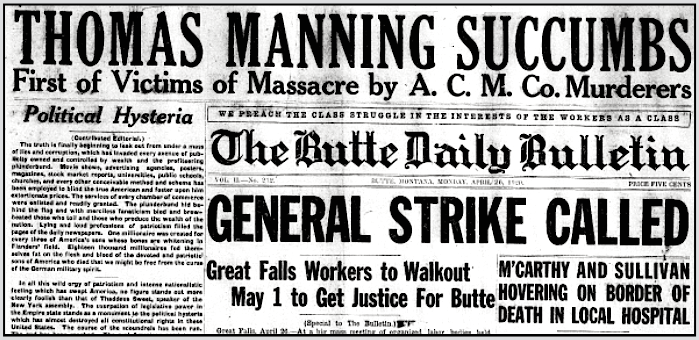
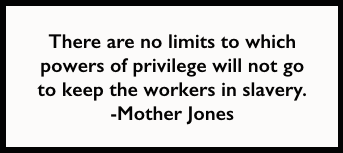 ———-
———-
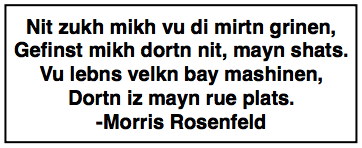 ———-
———-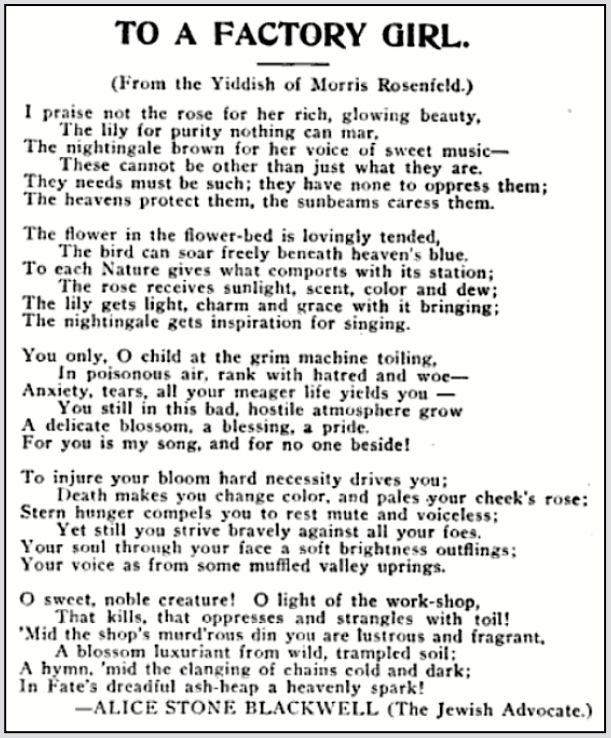
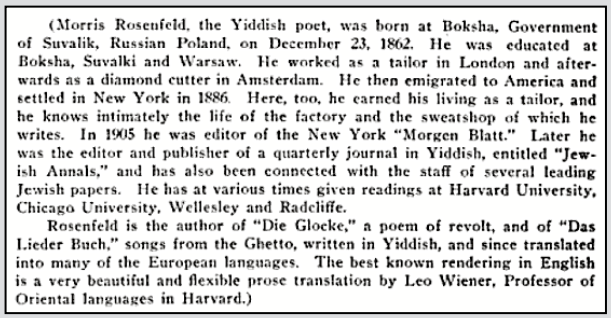
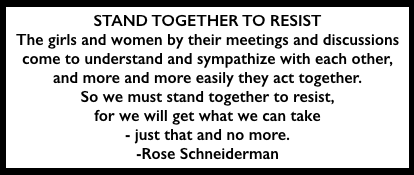 ———-
———-
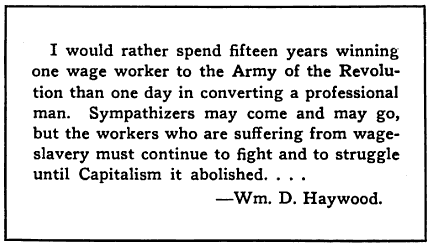 ———-
———-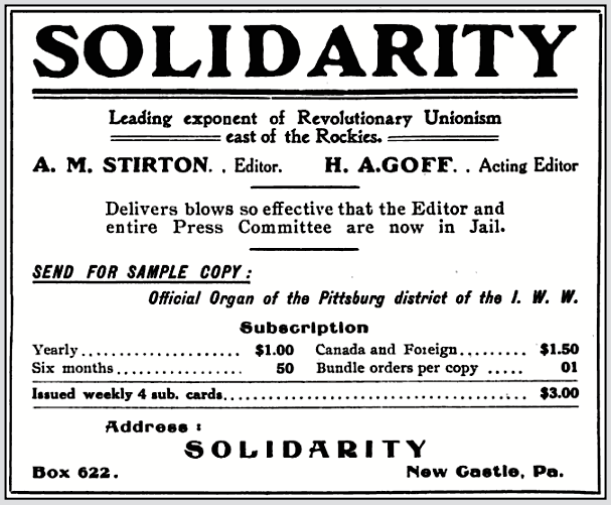 —–
—–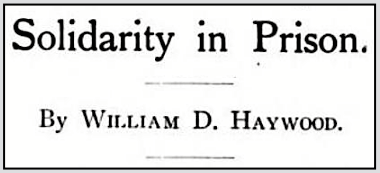 —–
—–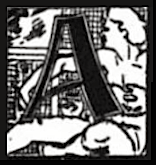 CTIVITY in the socialist movement presents some complex situations, some unusual rewards.
CTIVITY in the socialist movement presents some complex situations, some unusual rewards. ———-
———-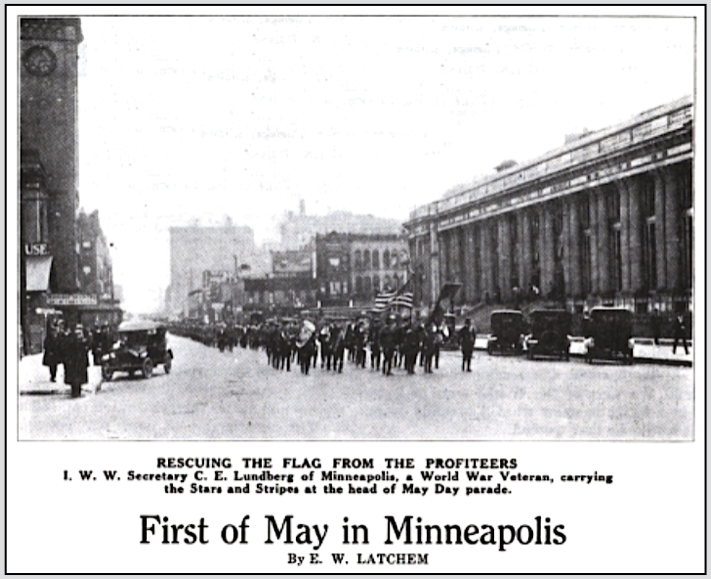
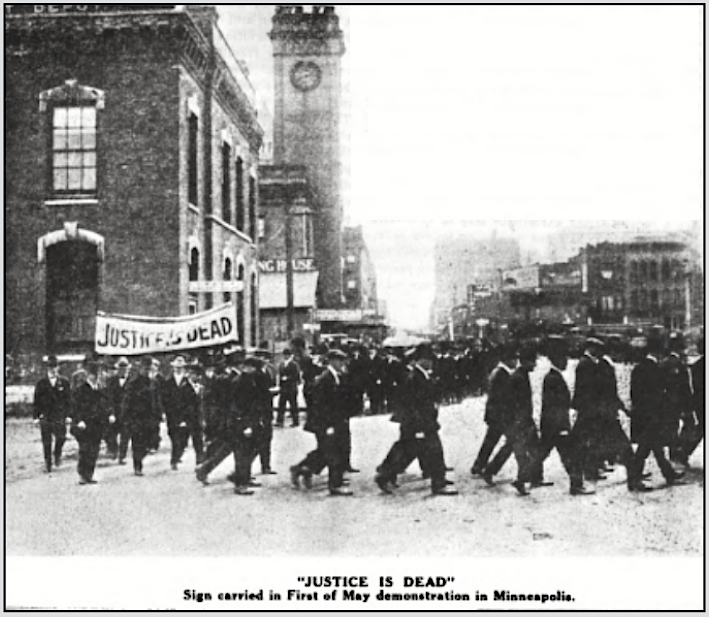
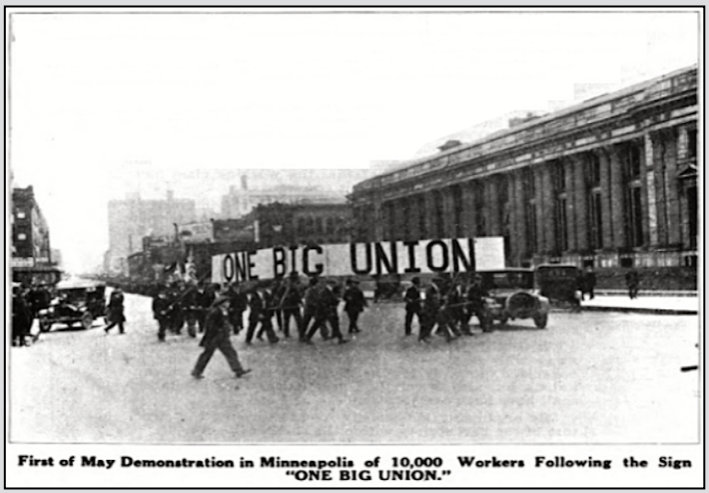
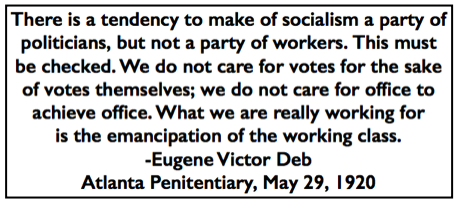 ———-
———-